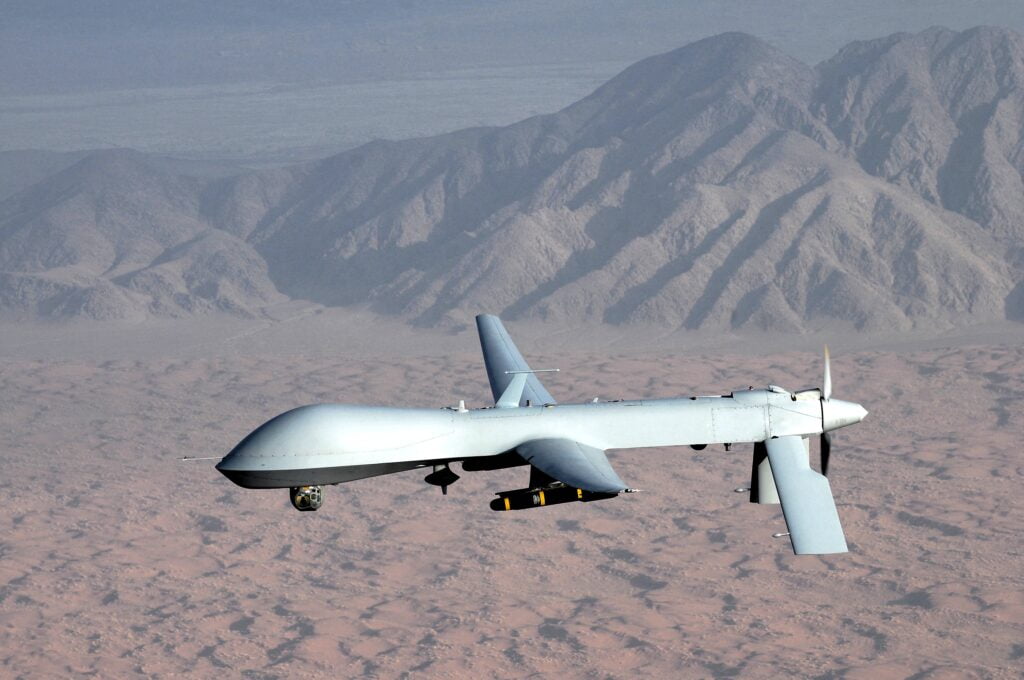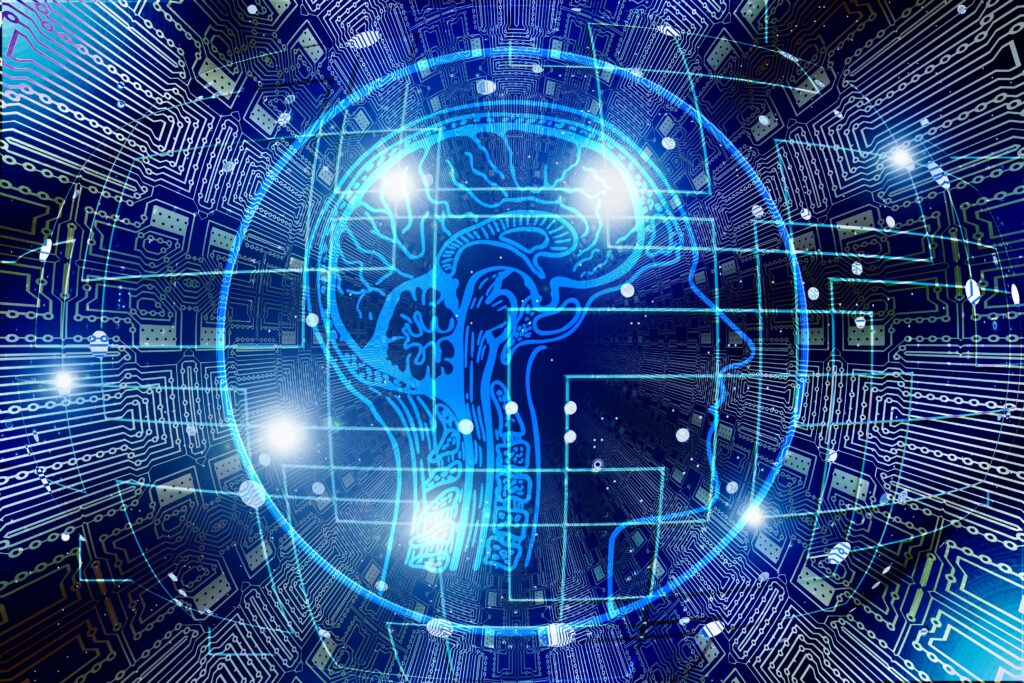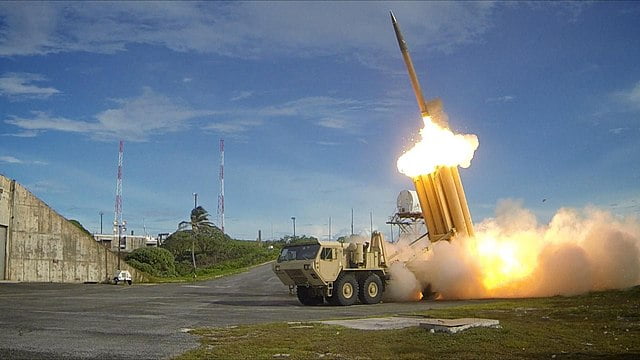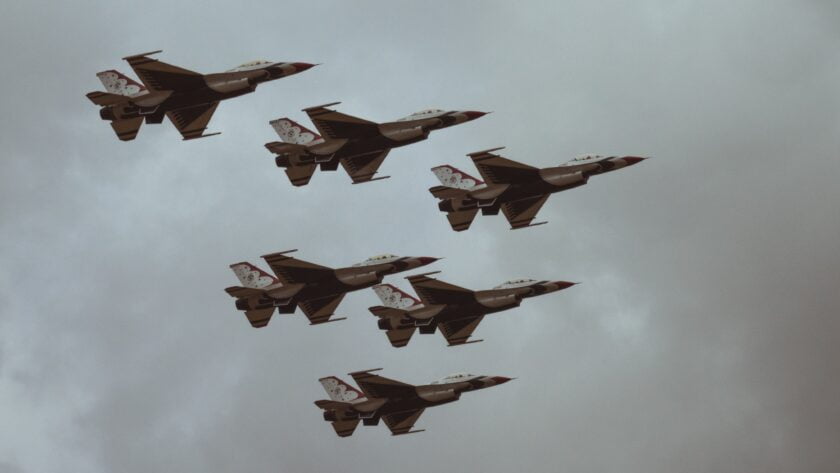Since the dawn of time, technology has been an inseparable aspect of human life, and the same can be assumed about security. Direct warfare was a practice before the technological revolution. The physical aptitude of men was the basis of battle abilities. The development of new technologies altered fighting techniques, and many countries began to deploy weaponry made with advanced technology.
Manpower was the foundation of battle during the steam period, but as the petroleum era progressed, conflict proportions shifted to machine warfare. Tanks, aeroplanes, and armoured vehicles were widely utilised in battle. Along with the evolving time, the incorporation of technology into warfare has altered the nations’ defence capabilities. It takes only sophisticated technology to ensure the security of people and national assets.

modern warfare more catastrophic. Picture courtesy- BBC
High-tech planes, missiles, tanks, drones, satellites, computers, GPS, air defence systems, RADAR, SONAR, night vision, x-ray, AI, and other developments are now the essential constituents of security. Technology, as well as its development into counter-measures for other technologies, are essential for modern warfare. Air warfare will never be viable without technological advancements. RADARs provide airplanes with vision, the ability to shape warfare, and the ability to participate in it. Naval warfare uses SONAR in ships. At the same time, strategic warfare uses missiles, artillery, and armoured vehicles.
In contrast, star wars use spacecraft and satellites. It is the technology that has implemented plans, strategies, and missions for the nation’s security. The technology has made a distant location not so far.
Unmanned Aerial Vehicles
Unmanned Aerial Vehicles (UAVs), sometimes known as drones, are a key technological innovation of the modern period.
Drones have various utilisations due to their ability to capture high-quality aerial images and videos. Since their development, drones have been widely used for military purposes because they can provide reliable and real-time data on what is happening at a location with precision. They can also be used for spying purposes.

After all, they are very effective because they provide reliable and real-time data on what is occurring at a location. Drones can offer precise conditions of the region in locations that are inaccessible to people or security forces. UAVs also improve the efficiency of operations in a variety of industries.
Recent attacks on the Indian Air Force base at Jammu Air Base carried out by drone is a serious incident, and it is an attempt of Drone warfare. This is new-age warfare using small drones and related technologies. Furthermore, the capacity and capability of drones developed from surveillance to carrying explosives added another dimension in drone warfare. It proved that, ‘if a drone can deliver a pizza, why cannot it carry Improvised Explosive Device (IED) and small nuclear bombs. The possibility of the incident happening is not far in the future. These drones need no permission and are not easily detectable by counter-measures.
Artificial Intelligence: An Emerging Technology
Artificial Intelligence, ‘AI’ is generally regarded as an algorithm structured to enhance the productivity and methods of its usage. The field is evolving, and it is being used as a technology that could bolster the network with fewer mistakes.

If executed and implemented correctly, Artificial Intelligence could act as a critical security provider at borders as we are well aware that Artificial Intelligence and Machine Learning are the future. Considering how interconnected the world has become in multiple aspects, it brings risks associated with itself that need attention. AI’s role as an effective indicator can bring about certain Defence and Strategic Security Studies revolutions.
Artificial Intelligence (AI) could be the most troublesome technology of the modern era. The scientific and commercial world also uses this considerably. Various gadgets and equipment, including mobile phones, computers, web application servers, and others, use AI for search help, requirement anticipation, data analysis and validation, modelling and simulation, linguistics, and psychology. AI’s role in day-to-day life has been increasing since 2011.
Major powers like the USA, China, and the European Union have already prepared their policy and roadmap for the development, adoption, and promotion of AI in different fields.

The first delivery of the vehicle was to the US Army.
Picture courtesy- QinetiQ
Even the Indian Army must prioritise the borders for more protective measures by focusing more on the territorial boundaries with China and Pakistan, and to a lesser extent, the borders with Myanmar and Bangladesh. In contrast, other countries such as Nepal and Bhutan need significantly less mobilisation of manpower and equipment.
Air Defence System
It is a counter-measure for aerial warfare. The system tracks unidentified intrusions, send commands to control the system, and launches operation to nullify the intrusion. It includes RADAR, satellites, control units, and missiles. The countries have made efforts to develop their defence system to secure themselves from any intrusion from the air.
We have seen the best example in the recent war between Israel and Palestine. Israel’s Iron Dome defence system nullified more than 98% of the missiles and rockets fired from the opponent (Hamas).

Picture courtesy- Reuters
Some of the major air defence systems are as follows:
- Russia’s S300 and S400
- America’s THAAD (Terminal High Altitude Area Defence) and Patriot (MIM-104)
- Israel’s David’s Sling and Iron Dome
- China’s Hong Qi 9 (HQ-9)
- India’s Akash, BARAK-8
- ASTER 30 SAMP/T, Medium Extended Air Defence System (MEADS)

Laser Fence System
The laser fence system is a system to detect the object passing through the line of defence secured by the system. The strong laser system transmits laser beams, nullifies the intrusion, and sends a signal to detect intrusion to the command and control system. The primary installation of Indian armed forces, Central Reserve Police Force, international borders, and other government agencies is a high priority. India has protected its vulnerable areas of the Indo-Pakistan border with a laser fence developed by the Delhi-based Laser Science and Technology Centre (LASTEC).
The laser fence is a system of two pillars creating an invisible barrier and acting as a signal transmitter. This will protect any infiltration attempt by enemies of the country.
Enhancing the Operational Effectiveness of International Border Through Technology
Countries are racing to create devastating technologies and counter-measures using their resources and capabilities. Furthermore, far more advanced technologies for planning and attacking the opponent.
“Rather than waiting for the adversary to show off its capabilities to endanger its security, a nation should prepare and safeguard itself with technological advancements.”
Over time, India has been incorporating the technologies in the system. However, if we skim through other’s defence systems, India is somehow lagging in the technological aspect. Deploying advanced futuristic technologies besides the Indian Borders is necessary. It will establish a military balance and would also increase security.
Conclusion
At present, it is no more a hidden truth that the country is under threat of sky breach while using technological loopholes. In recent times, in India and other regions of the world, newly developed technology has impacted the security system. Hence, modern technologies can help balance out the opponents to some extent and will be proven beneficial for the country as it will reduce the threat to national security.
Also, read about the breaches in India’s cybersecurity during Covid-19 here!
About the Author

Being an avid reader, Akhilesh loves to explore new developments in Defence Research & Development. He is a voyager and loves writing poetry. He is currently pursuing a Ph.D. in Defence and Strategic Studies. He is an inquisitive and diligent soul hoping to make a change to reckon with. He is also affiliated with the Centre for Security Studies at Jindal School of International Studies as a Centre Associate. His main interests lie in Security Studies, Defence Technology, International Relations & World Politics







Nice one akhil…..u hv covered all the aspects perfectly….good job…….I will br waiting for ur next article…..keep it up
[…] You may also like to read THE EVOLUTION OF TECHNOLOGY: DEFENCE AND SECURITY IN THE MODERN AGE! […]